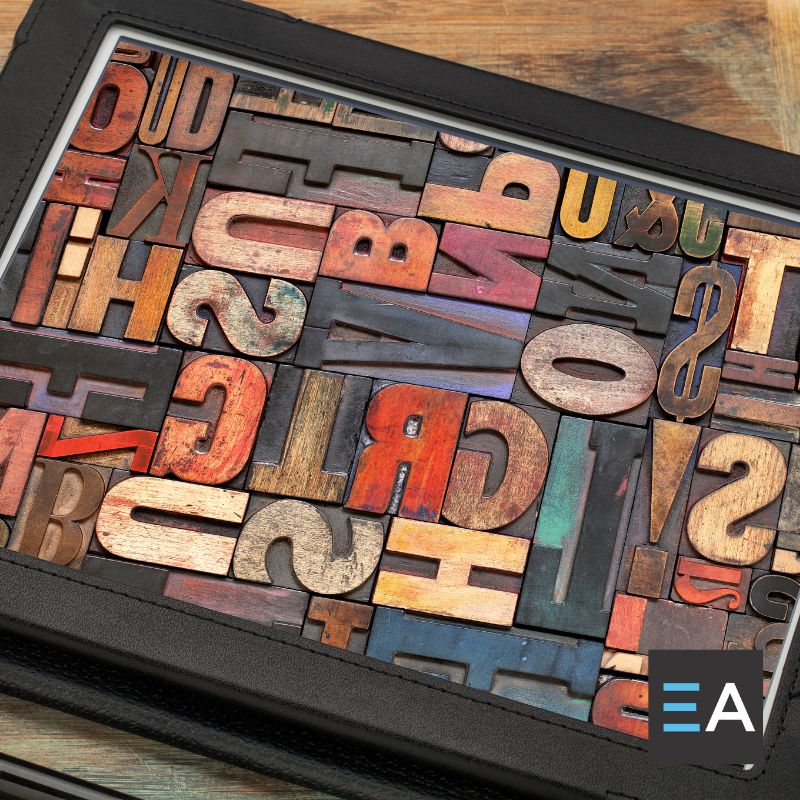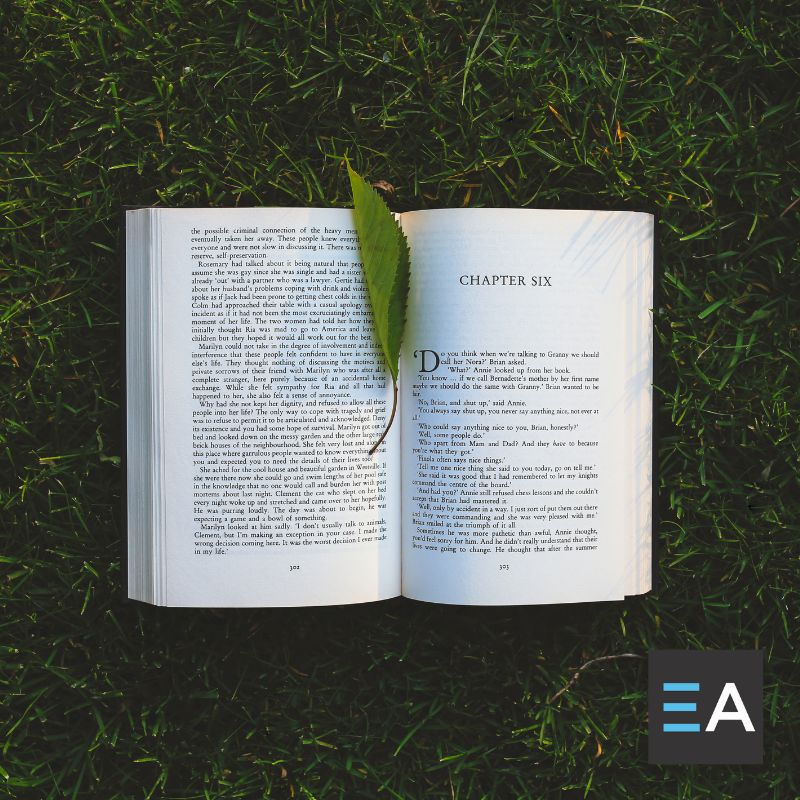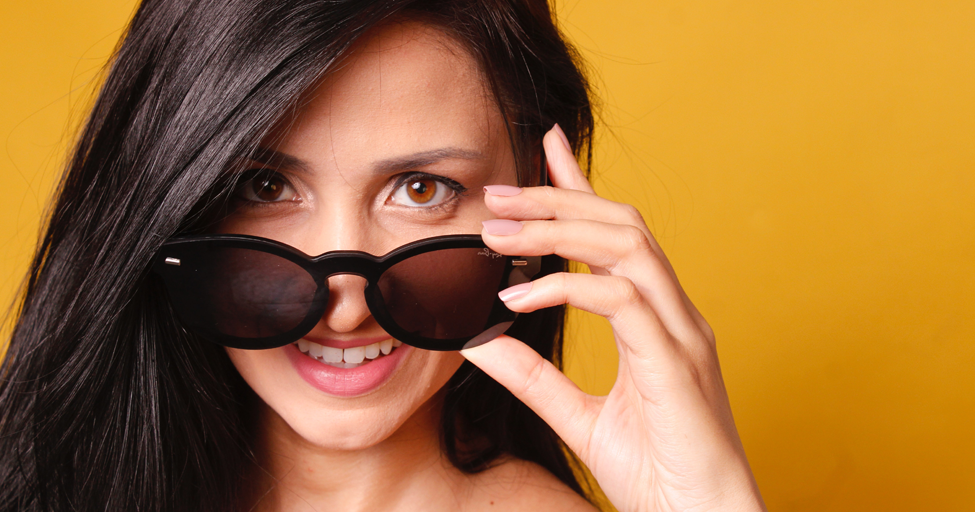
Navigating Typography Choices for Your Self-Published Book
September 29, 2023
How to Create Eye-Catching Chapter Openers in Your Book
October 3, 2023Using Color Psychology in Book Cover Design to Attract Readers
Welcome to the fascinating world of book cover design, where colors do more than just please the eye. They hold immense power to influence readers, evoke emotions, and set the tone for your literary journey. In the realm of self-publishing, your book cover serves as a crucial marketing asset. Understanding color psychology can be your secret weapon in captivating readers. So grab your favorite writing beverage, find a comfortable spot in your cozy writing nook, and let’s embark on an exploration of the enchanting world of color psychology in book cover design.
The captivating influence of colors
Before we delve into the mystical realm of color psychology, it’s important to acknowledge how profoundly colors impact human emotions and perceptions. Colors have a unique ability to stir up feelings, trigger memories and create associations. This fascinating phenomenon forms the basis for our exploration into designing book covers.
The warm embrace of reds and oranges
Red: The color that signifies passion, excitement, and love. A book cover adorned with red hues can elicit strong emotions and is often associated with romance novels, thrilling tales, and action-packed adventures. It grabs attention effortlessly and serves as a bold choice for conveying intensity.
Orange: With its warm and energetic nature, orange is a color that exudes friendliness and invites people in. It’s particularly suitable for self-help books, cookbooks, and memoirs, as it creates a feeling of optimism and approachability.
When to use them: If you’re writing romance novels or crime thrillers that aim to evoke strong emotions, red is the ideal choice. For nonfiction titles that offer guidance, inspiration, or personal stories, orange works exceptionally well.
The serene blues and tranquil greens
Blue: A color universally adored for its association with calmness, trustworthiness, and reliability. Blue book covers are widely embraced across various genres such as self-help books, mysteries, and travel guides. It projects a sense of tranquility and dependability.
Green: Symbolizing growth, renewal, and nature itself. Green is perfect for books centered around health, wellness, the environment, or personal development. It radiates harmony and balance.
When to use them: Choose blue when you want your readers to feel a sense of trustworthiness and stability. For books focused on personal growth or themes related to health or environmental consciousness, green is an excellent choice.
The vibrant yellows and optimistic oranges
Yellow: A color that simply emanates happiness, positivity, and optimism. Yellow book covers can add a vibrant touch to your bookshelf and attract attention to your work. Yellow hues are particularly suitable for genres like self-help, motivation, and children’s books.
Speaking of orange, we mentioned that it radiates warmth and enthusiasm. It’s a versatile color that can create an inviting and lively feel for your book cover.
Here’s when you should consider using them: Yellow works wonders for self-help books, motivational reads, as well as literature targeted toward children. Orange is a great choice when you want your book to exude approachability and positivity.
Elegant purples and mysterious blacks
Purple: This color represents creativity, luxury, and spirituality. Purple book covers have an irresistible charm in genres like fantasy, spiritual exploration, and personal growth. It evokes a sense of imagination and aspiration.
Black: Synonymous with mystery, sophistication, and intrigue. It’s often used in suspenseful thrillers or dark fantasy novels to add an air of sophistication and mystique.
When to use them: Purple is the perfect match for books delving into topics like creativity, spirituality, or personal development. Black is an excellent choice for mystery novels, thrilling suspense stories, or any work that desires a touch of elegance.
The fresh whites and innocent pinks
White: White represents purity, simplicity, and clarity. Books with white covers are clean and minimalistic, making them suitable for nonfiction, self-help, and memoir genres. They give off a sense of simplicity and clarity.
Pink: Pink symbolizes romance, sweetness, and femininity. Books with pink covers are perfect for romance novels, women’s fiction, or any books that embrace themes of love and emotion. It evokes tenderness and affection.
When to use them: White works well for nonfiction, self-help, and memoir genres where clarity and simplicity are important. Pink is an excellent choice for romance novels or books that explore themes of love and emotion.
The bold neutrals: gray and brown
Gray: Gray is associated with neutrality, balance, and sophistication. Books with gray covers can be used in various genres like business and finance or literary fiction. It creates a sense of balance and neutrality.
Brown: Brown represents earthiness, stability, and reliability. Books with brown covers can be used for cookbooks, nature writing, and historical fiction. It conveys a sense of comfort and reliability.
When to use them: Gray is a versatile choice that works well for genres where neutrality and sophistication are valued. Brown is a good option if your book is connected to nature, food, or historical themes.
Multicolored covers, which incorporate a spectrum of hues, are often used for children’s books, cookbooks, and nonfiction titles with diverse content. These covers bring vibrancy and diversity to the overall look.
Additionally, it’s important to consider how colors interact with each other on your book cover. Contrast can make your text and images stand out more, creating an engaging cover. Complementary colors (for example, red and green or blue and orange), which are opposite each other on the color wheel, can also create dynamic and eye-catching designs.
During book cover creation, self-published authors need to make educated decisions about color psychology that can infuse their book covers with emotion, resonance, and appeal. Utilize colors strategically to captivate readers and make your literary creation stand out.
Keep in mind that while color psychology can offer valuable insight, there is no universal formula that works for everyone. Let the unique theme, audience, and genre of your book serve as your guiding light when choosing colors. Seek input from fellow writers, conduct A/B testing if possible, and be open to experimenting.
As you embark on the exciting journey of cover art, typography, and visual appeal, may your book cover design be the irresistible melody that entices readers into the enchanting realm of your storytelling. If you need help with designing your book, contact Elite Authors today.
Happy writing and designing!



